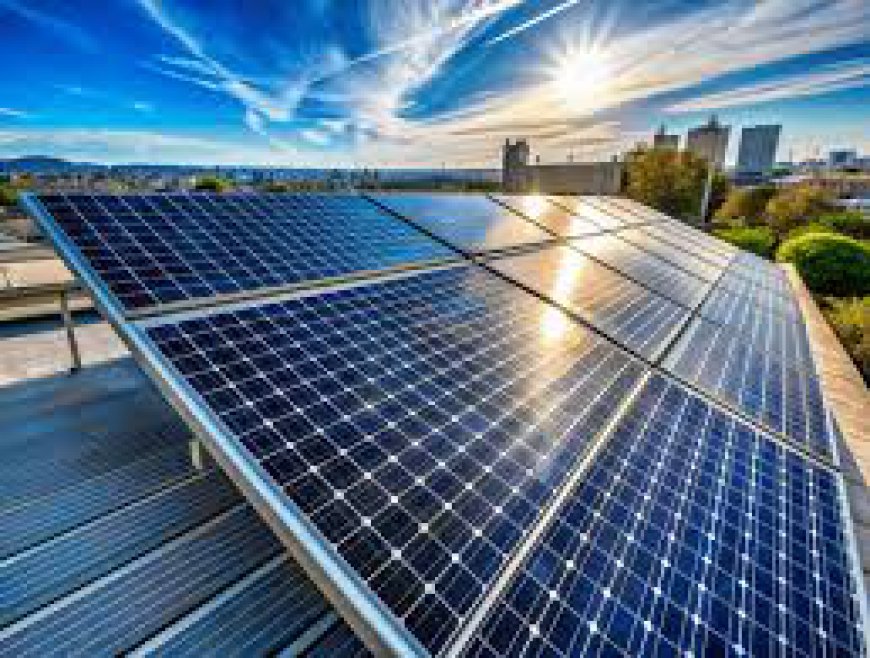solar panel installation tips for beginners
Explore the latest solarsgadget innovations designed to simplify your life and promote sustainability. Find the best solar-powered gadgets for you!

If you’re a beginner looking to install solar panels, congratulations on taking a sustainable step forward! Installing solar panels can be a rewarding DIY project, but it requires careful planning and attention to detail. Here are some essential tips for beginners: Solars Gadget
Assess Your Solar Potential
- Roof Suitability: Check if your roof is suitable for solar panels. Consider factors like roof angle, orientation (south-facing is optimal in the Northern Hemisphere), and shading from trees or buildings.
- Roof Condition: Ensure your roof is in good shape before installation. It’s best to install solar on a roof that doesn’t need repairs for at least the next 10-20 years.
- Sunlight Availability: Use tools like Google’s Project Sunroof or solar calculators to estimate sunlight exposure and potential savings. Solar Guides
Understand Your Energy Needs
- Review your utility bills for the past year to get an idea of your average monthly electricity usage (in kWh).
- Decide how much of your energy demand you want to cover with solar. Some people aim for 100%, while others may opt for partial coverage to lower costs.
Choose the Right Type of System
There are three main types of solar systems:
- Grid-Tied: The most common, connected to the utility grid. You can use solar power during the day and draw from the grid at night. Gadgets for Travelers
- Off-Grid: For complete independence, requires batteries to store energy. Ideal for remote areas but more expensive.
- Hybrid: Combines grid-tied with battery backup for power during outages.
Pick the Right Solar Panels and Inverters
- Panel Types: There are monocrystalline, polycrystalline, and thin-film panels. Monocrystalline panels are the most efficient but usually more expensive, while polycrystalline are less efficient but cheaper.
- Inverters: Choose between string inverters, microinverters, or power optimizers. Microinverters are ideal if you have shading issues, as they work independently for each panel. Blog
Calculate the Number of Panels You Need
To estimate the number of panels:
- Determine your average daily energy use (kWh/day).
- Divide this by the average sunlight hours in your area.
- Divide by the wattage of your chosen solar panel (e.g., a 400W panel).
Example: If your home uses 30 kWh/day and you get 5 hours of sunlight, you need:
For 400W panels: . Today
Obtain Permits and Follow Local Regulations
- Check local zoning laws and building codes. You may need permits for electrical and structural work.
- Contact your utility company if you plan to connect your system to the grid. They may have requirements for grid-tied systems.
Plan the Installation Layout
- Determine whether your panels will be roof-mounted or ground-mounted.
- For roof-mounted systems, consider factors like the roof slope and space for optimal panel placement.
- Ground-mounted systems require more space but are easier to clean and maintain.
- General
Install the Racking and Mounting Hardware
- Secure the mounting brackets to the roof rafters. Use flashing to prevent leaks.
- Attach rails to the brackets and make sure they are level. This will support the panels.
Install Solar Panels
- Connect each panel to the rails using the provided clamps.
- Double-check the alignment and tighten all bolts. Safety is crucial, so use a harness and work with a partner if you’re on a roof.
Wiring the System
- Connect the panels to the inverter(s) using proper wiring (MC4 connectors are common).
- Run the DC cables from the panels to the inverter and connect the AC output to your home’s main electrical panel.
- Consider hiring a licensed electrician for this part, especially if you’re not experienced with electrical work.
Test the System
- Before switching on, double-check all connections for safety.
- Use a multimeter to ensure the voltage output is as expected.
- Power up the inverter and monitor the system performance.
- Business
Maintenance Tips
- Clean Your Panels: Dust, bird droppings, and debris can reduce efficiency. Clean them with water and a soft brush when needed.
- Monitor Performance: Use an app or solar monitoring system to track performance. If output drops significantly, check for shading or issues with the inverter.
- Health
Bonus Tips
- Safety First: Use the proper safety equipment, including a hard hat, harness, and gloves.
- Get Help If Needed: Don’t hesitate to hire a professional for parts of the installation that you’re unsure about.
- Tax Incentives: Look into federal, state, and local solar incentives, such as the Federal Solar Tax Credit (ITC), which can help offset the cost.

 wali2
wali2